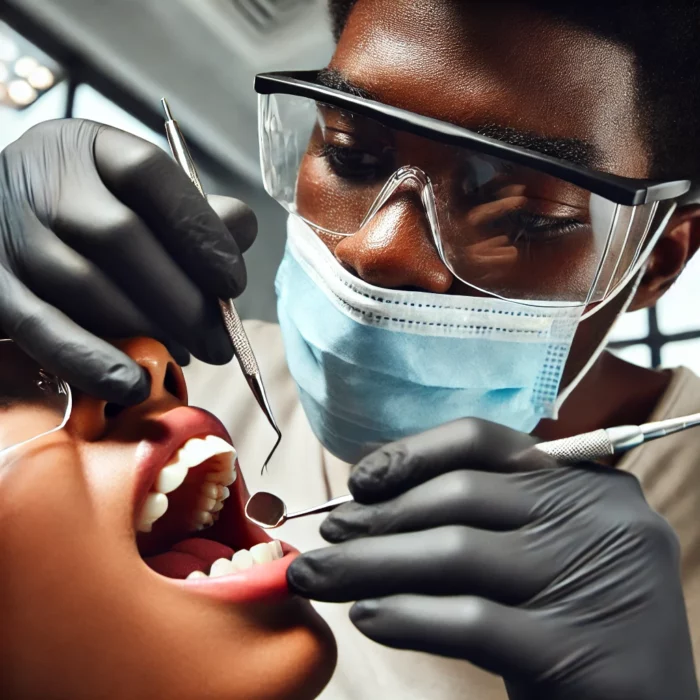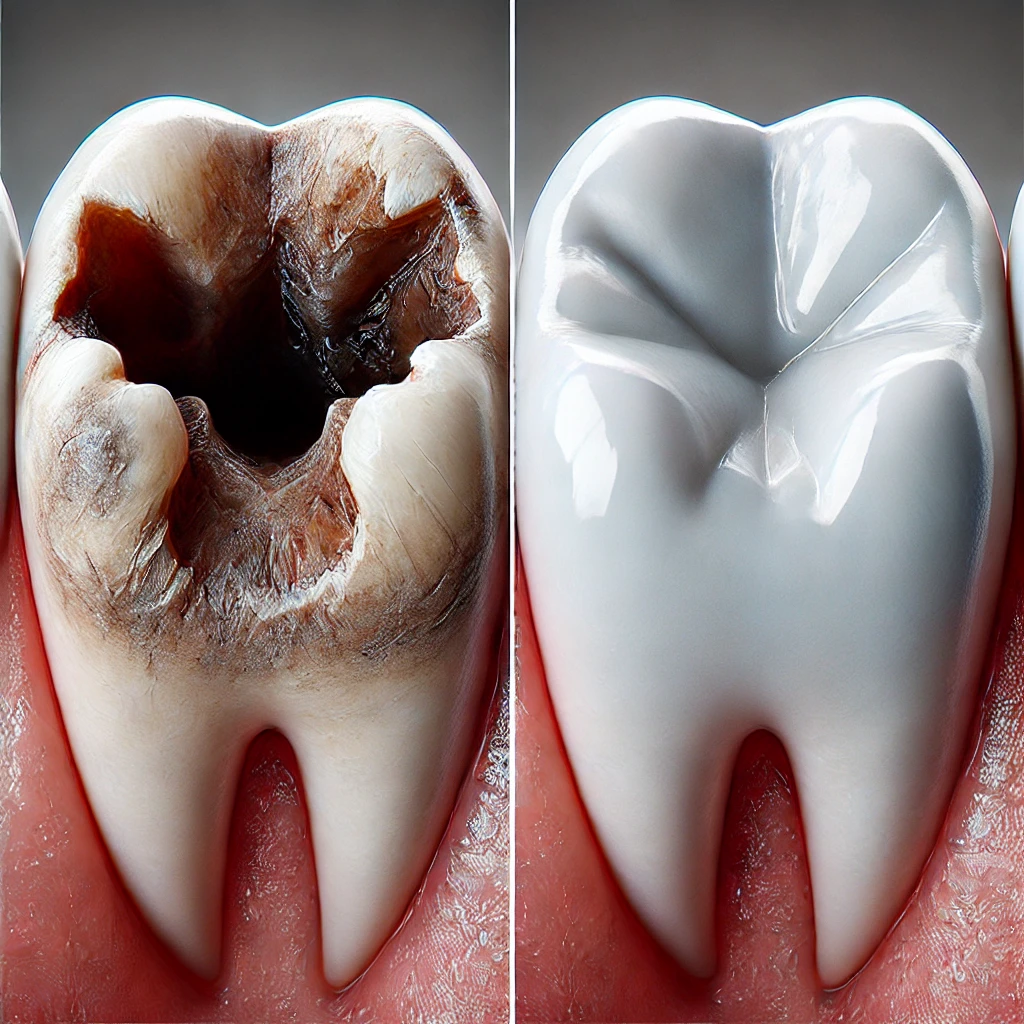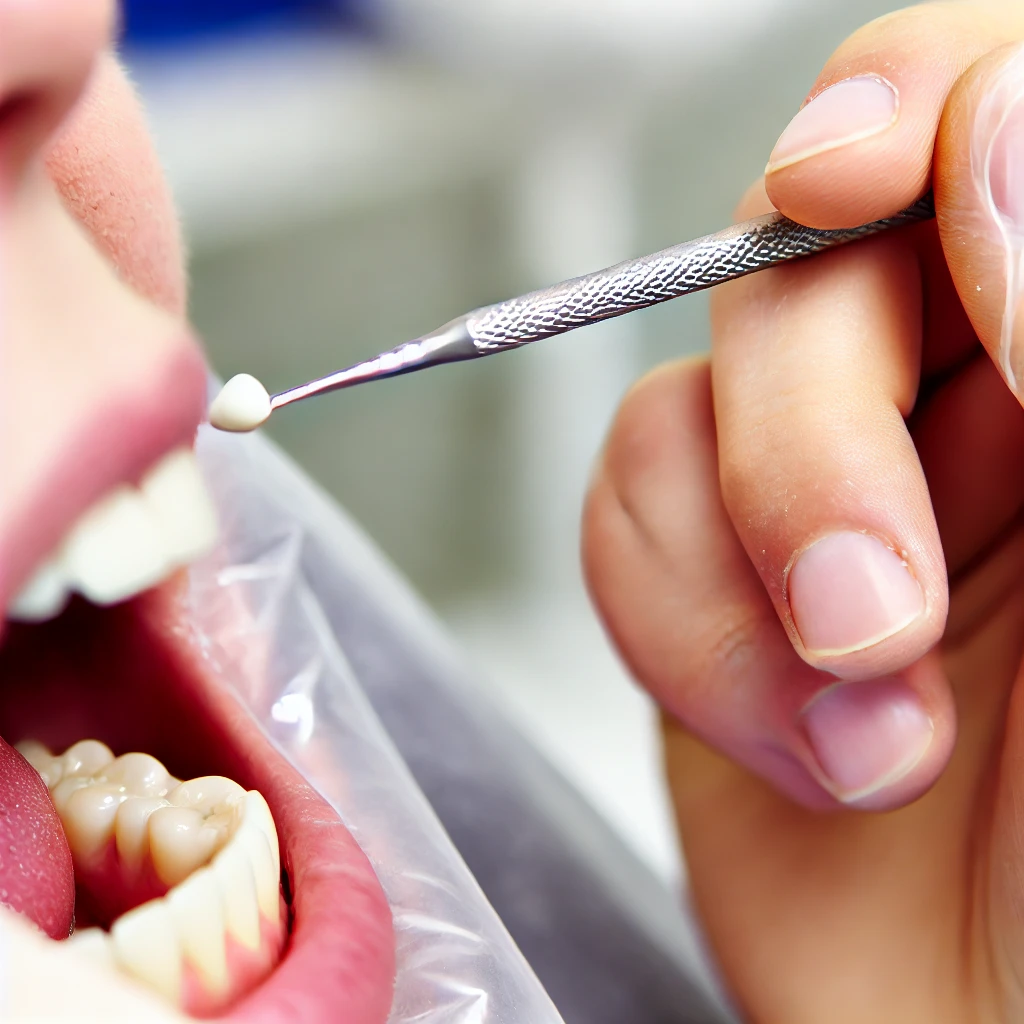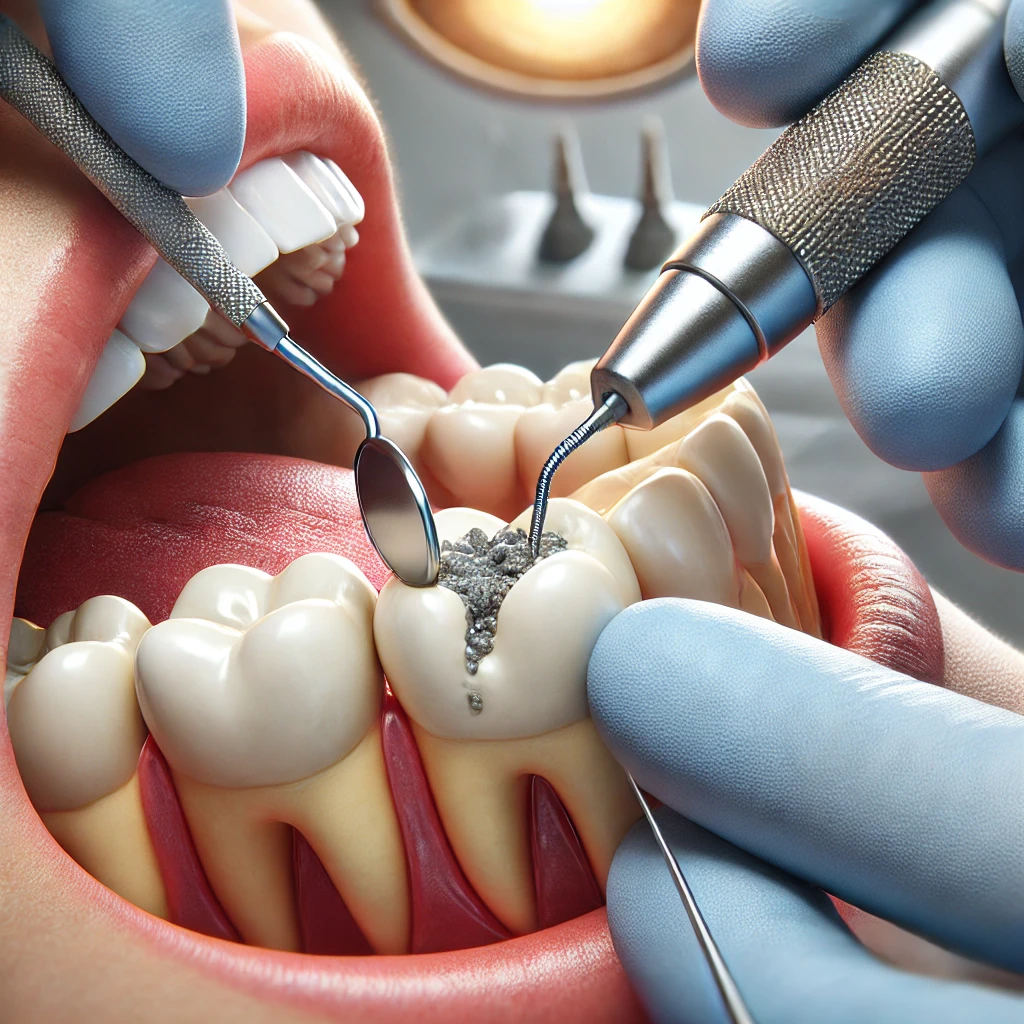
22 Aug Lost a Filling? Learn How to Protect Your Tooth
Losing a dental filling can be a stressful experience, but it’s important to know that with the right steps, you can protect your tooth and prevent further damage. Whether your filling fell out while eating or simply dislodged over time, acting quickly can save you from more extensive dental work down the line. Here’s what you need to know and do if you’ve lost a filling.
1. Recognize the Signs of a Lost Filling
Sometimes, it’s obvious when a filling falls out—you may feel the piece in your mouth or experience sudden sensitivity. Other times, the signs are more subtle. Look out for the following:
- A noticeable gap or hole in your tooth.
- Sensitivity to hot, cold, or sweet foods.
- A sharp or rough edge where the filling used to be.
- Mild pain or discomfort when chewing.
If you notice any of these signs, it’s likely that your filling has come loose or fallen out entirely.

2. What to Do Immediately After Losing a Filling
Once you’ve confirmed that you’ve lost a filling, follow these steps to protect your tooth:
Rinse Your Mouth
Gently rinse your mouth with warm water to remove any debris and keep the area clean. This helps to prevent any bacteria from settling into the exposed tooth.
Avoid Chewing on the Affected Side
To avoid causing further damage to the exposed tooth, try to chew on the opposite side of your mouth. Eating soft foods can also help reduce the risk of irritation or pain.
Use Temporary Dental Cement or Wax

If you can’t get to a dentist right away, consider using over-the-counter dental cement or wax to cover the exposed area. This can help protect the tooth from bacteria and reduce sensitivity. Make sure to follow the product instructions carefully.
Manage Pain and Sensitivity
Over-the-counter pain relievers like ibuprofen can help manage any discomfort. Additionally, avoiding very hot, cold, or sweet foods can minimize sensitivity.
3. Why You Should See Your Dentist ASAP
While temporary solutions can protect your tooth in the short term, it’s essential to see your dentist as soon as possible. A lost filling leaves your tooth vulnerable to decay, infection, and further damage. Your dentist can assess the situation and determine whether the filling needs to be replaced or if a more extensive treatment is necessary.
Delaying a dental visit can lead to more serious complications, such as:
- Tooth Decay: Without the protection of a filling, bacteria can easily penetrate the exposed area, leading to decay.
- Infection: An untreated cavity or damaged tooth can become infected, potentially requiring root canal treatment or even extraction.
- Tooth Fracture: The structure of your tooth is weakened without a filling, increasing the risk of a fracture or break.
4. Prevention Tips for the Future
While fillings are durable, they aren’t indestructible. Here are some tips to prevent future issues:
- Maintain Good Oral Hygiene: Regular brushing and flossing help prevent decay and keep your fillings intact.
- Visit Your Dentist Regularly: Routine check-ups allow your dentist to monitor the condition of your fillings and catch any issues early
- .
- Avoid Chewing Hard Foods: Hard or sticky foods can dislodge or damage fillings, so it’s best to avoid them or chew carefully.
- Wear a Mouthguard: If you grind your teeth at night or play contact sports, wearing a mouthguard can protect your teeth and fillings from damage.

Conclusion
Losing a filling is an inconvenience, but it doesn’t have to be a major problem if you take the right steps. By acting quickly and seeing your dentist as soon as possible, you can protect your tooth and maintain your oral health. Remember, timely care is the key to preventing further complications and keeping your smile strong and healthy.



No Comments